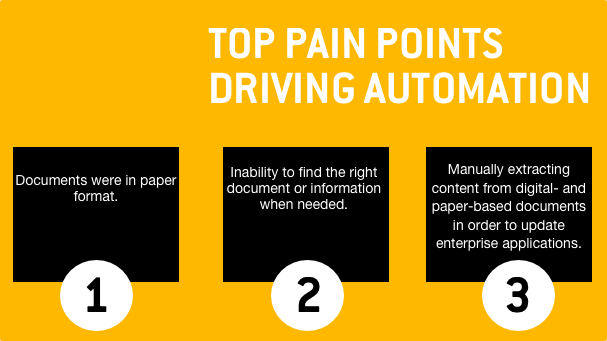
Do you remember when the first iPad became available? Do you remember the conversations you had with your colleagues about it? I do. I recall the buzz around the office: There was a lot of excitement; some declared that this new tablet technology would cannibalize personal computers; others started speculating on how it would impact our personal and professional lives; and the black cloud that's been hovering over the print world for 20-plus years reappeared—and the question regarding the paperless world was asked.
For those old enough to remember back in the 80s when the paperless office concept began roaming around businesses, speculation was that technology would enable business to transform to a digital, paperless world. However, technology expanded users' access to an Internet full of digital content, which drove print volumes higher. Technology has certainly evolved since my first dialogue regarding the paperless office, and all the enhancement in technology has not eliminate paper from the workplace.
For those old enough to remember back in the 80s when the paperless office concept began roaming around businesses, speculation was that technology would enable business to transform to a digital, paperless world. However, technology expanded users' access to an Internet full of digital content, which drove print volumes higher. Technology has certainly evolved since my first dialogue regarding the paperless office, and all the enhancement in technology has not eliminate paper from the workplace.
We feel that in order to obtain more significant benefits from automated business workflows, users need to invest more to reengineer the entire workflow, while taking into account compliance and regulation restrictions.
It just so happens that Apple will be celebrating the fifth year anniversary of the iPad this year, and yet, paper still remains a big part of today's workflows. Don't get me wrong; I'm not implying that paper use has not declined. Our research shows that in 2013, the US and Western Europe have experienced very small decline in print volumes. However, printed paper volumes grew in Latin America and the Asia Pacific during the same period, eliminating the US and Western Europe deficit and providing a small growth in global printed paper volumes.
Today's workplace environment continues to be paper oriented. IDC research shows that employees still estimate that 55% of documents used daily in business processes are paper, but yet, our research shows that businesses did, and continue to, automate both back-office processes and line-of-business workflows. Results from a recent survey of users that automated workflows shows that the top pain point driving automation was documents that initiated a workflow were in paper format. The second highest pain point was the inability to find the right document or information when needed, while having to manually extract content from digital- and paper-based documents in order to update enterprise applications was third.

To resolve these pain points, participants in this study indicated that they had deployed capture technology that converted paper to digital, electronic forms and capture software that provides enhanced classification of both structured and unstructured documents.
We also asked users what their top challenges were in automating these workflows, and we discovered that cost associated with technology was the leading challenge, followed by the higher-than-expected cost associated with support of the technology, followed by the length of time it took to implement automation.
Results from the study clearly indicate that businesses understand the benefits they can obtain from automation, but yet, current workflow automation tends to focus on converting paper to digital and enhancing content management to enable better search and access to the data. We view these steps as a temporary fix to a more complicated issue. We feel that in order to obtain more significant benefits from automated business workflows, users need to invest more to reengineer the entire workflow, while taking into account compliance and regulation restrictions.
Ron Glaz is a program director for IDC's Hardcopy Peripherals: Software and Services research. In this role, he is responsible for writing research in the software and services arena, including document solutions, management print services channel and document capture solutions. Follow him on Twitter @rglaz.












